Introduction
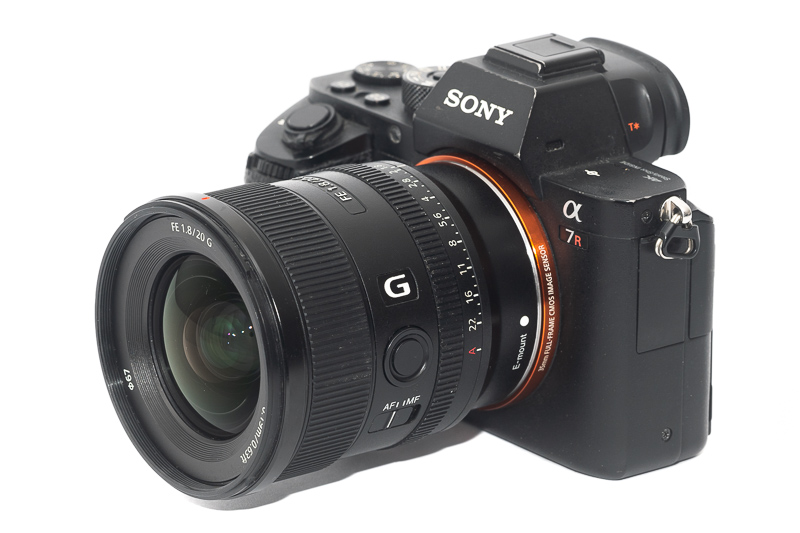
There are plenty of great lenses available for fullframe E-mount cameras in the 20mm range, but it is said among those this Sony FE 20mm 1.8G is an outstanding, well-balanced highlight. A review was long overdue, so here we go.
Sample Image
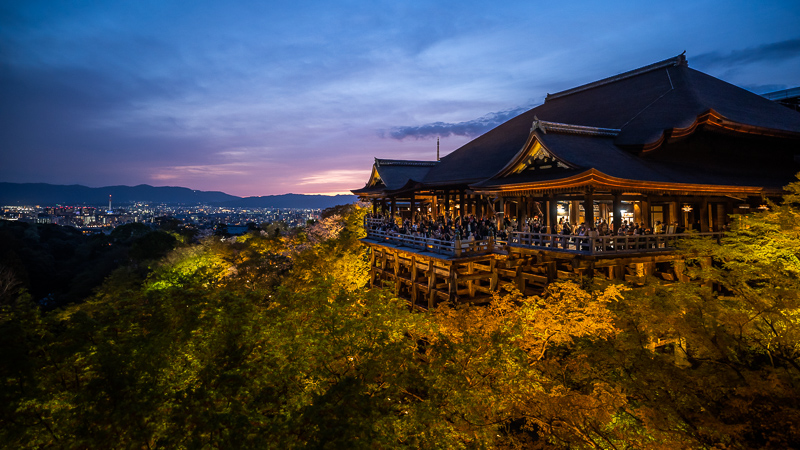
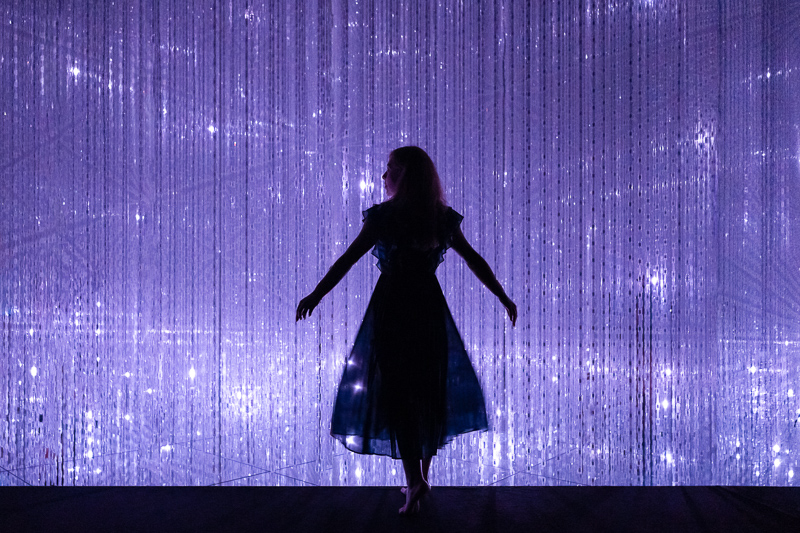
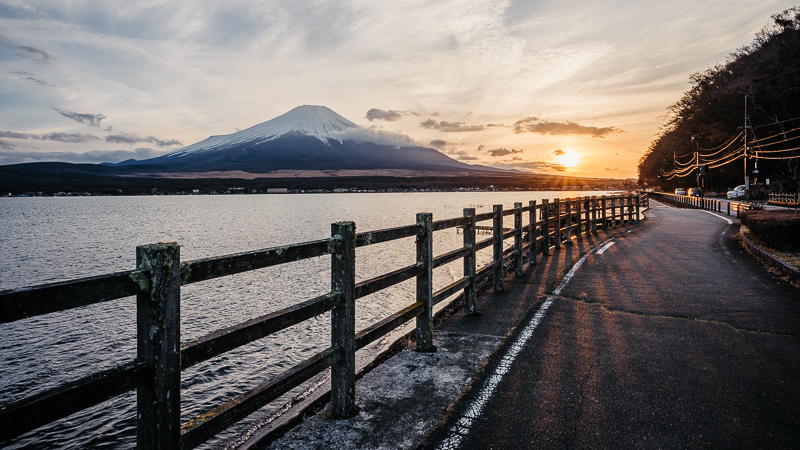
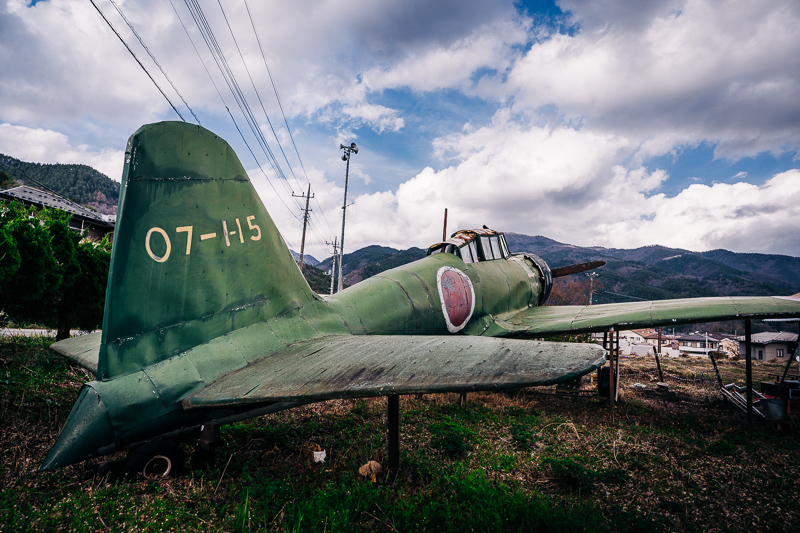
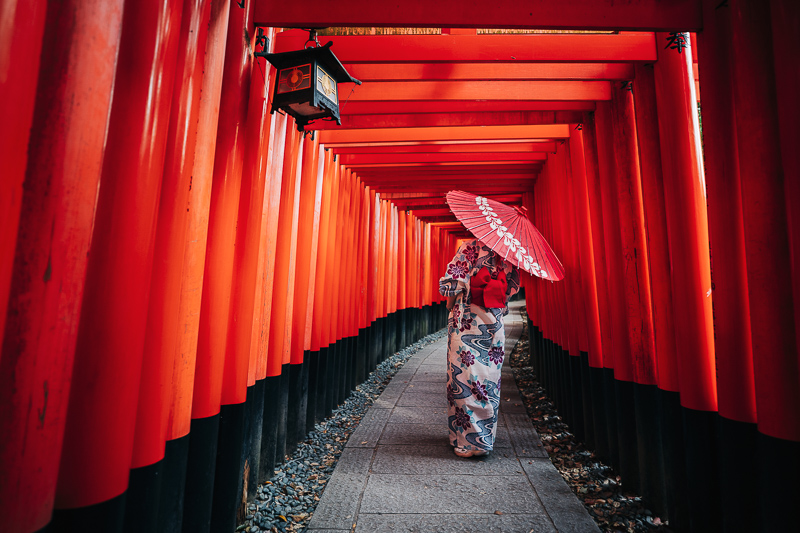
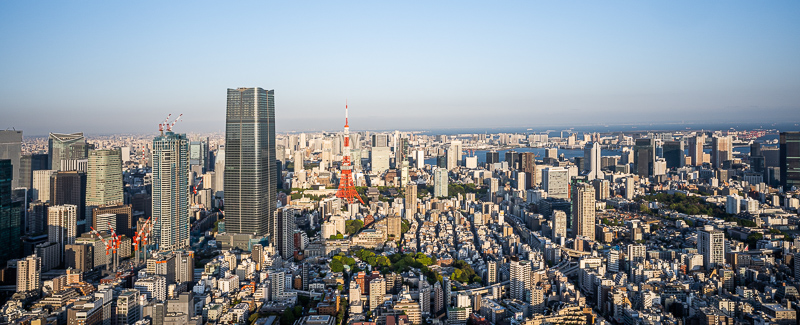
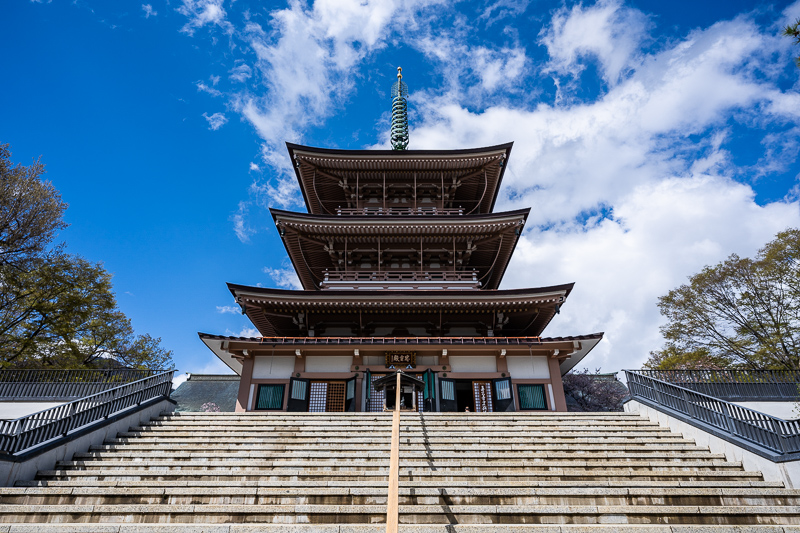
Most of the sample images in this review can be found in full resolution here.
Contents
Specifications
The Sony FE 20mm 1.8G has the following specifications:
-
- Diameter: 74 mm
- Field of view: 94° (diagonally)
- Length: 85 mm
- Weight: 372g (without hood and caps)
- Filter Diameter: 67 mm
- Number of Aperture Blades: 9 (rounded)
- Elements/Groups: 14/12
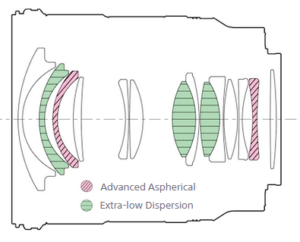
- Close Focusing Distance: 0.19 m
- Maximum Magnification: 1:3.8 (MF, measured)
- Mount: Sony E
buy from amazon.com | amazon.de | B&H | ebay.com (affiliate links) for $898
Disclosure
The Sony FE 20mm 1.8G was kindly provided free of charge by our reader Clemens R. from Austria for reviewing purposes, thanks a lot!
Handling/Build Quality
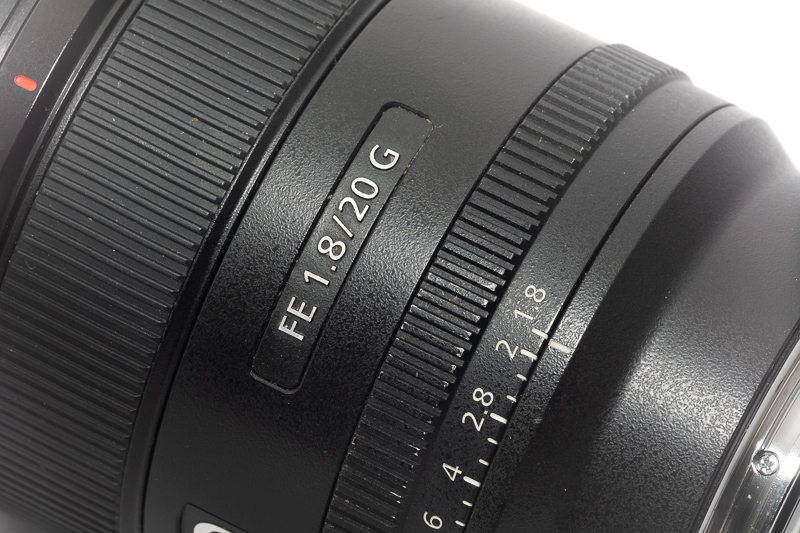
The later G-series lenses feature the same build quality as the GM lenses, so if you are used to lenses like the Sony FE 35mm 1.4 GM or the Sony FE 85mm 1.4 GM you already know what to expect here.
The rubberized focus ring has okay damping and a linear coupling which means it always takes 180° from the minimum focus distance (0.19 m) to infinity no matter how fast you turn the focus ring.
When you turn your camera off the lens will remember the last focus position and will still be there when you turn the camera on again.
The aperture ring has 1/3 of a stop click stops – which you can declick by using a lever on the lens.
You can also set the ring to “A”(utomatic) and let the camera choose the aperture value or use the camera dial to change the aperture value instead of using the aperture ring.
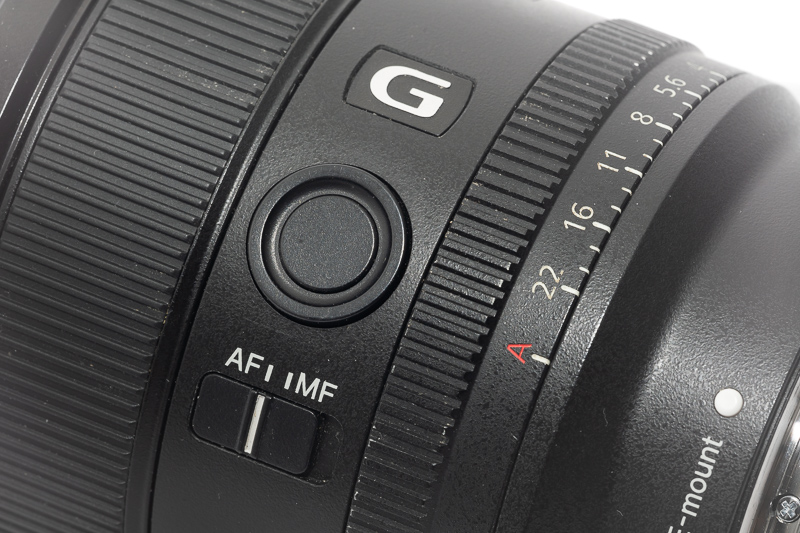
On the left side of the lens there is a programmable button and an AF-MF switch.
The outer casing seems to be made from a high quality polycarbonate and all markings are engraved and filled with paint.
The hood is simpler than those of the GM lenses, it is only attached via a bayonet, no fancy lock button and also no rubberized front bumper like on the Sony FE 35mm 1.4 GM or FE 85mm 1.4 GM.
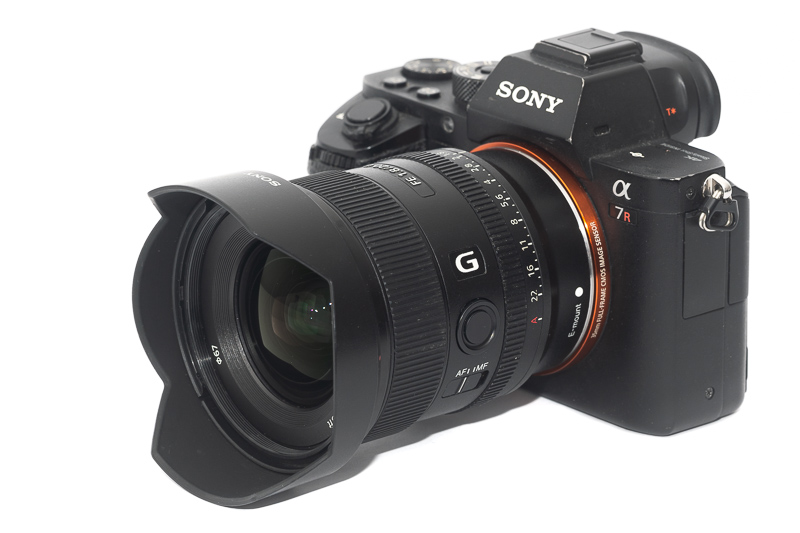
All in all the build quality is about as good as it gets when it comes to modern AF lenses. One thing that should be noted though: the focus group moves around freely when the camera is turned off or simply when the lens is detached from camera, this is normal and not something you need to worry about.
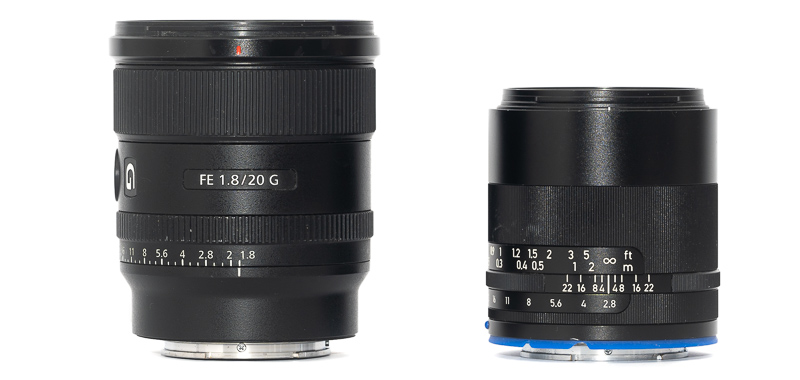
The Sony FE 20mm 1.8G is noticeably bigger than the Zeiss Loxia 21mm 2.8 – not a big surprise consider it is 4/3rds of a stop faster, but the Sony lens is actually a few grams lighter.
AF performance
I am not shooting sports or fast moving animals/humans so if you want to know if the lens is fast enough for this or how it compares to other lenses in this segment you may have to look for a different review with a more detailed assessment of this aspect.
In everyday use I found the AF to be very fast, perfectly usable and also silent.
Vignetting
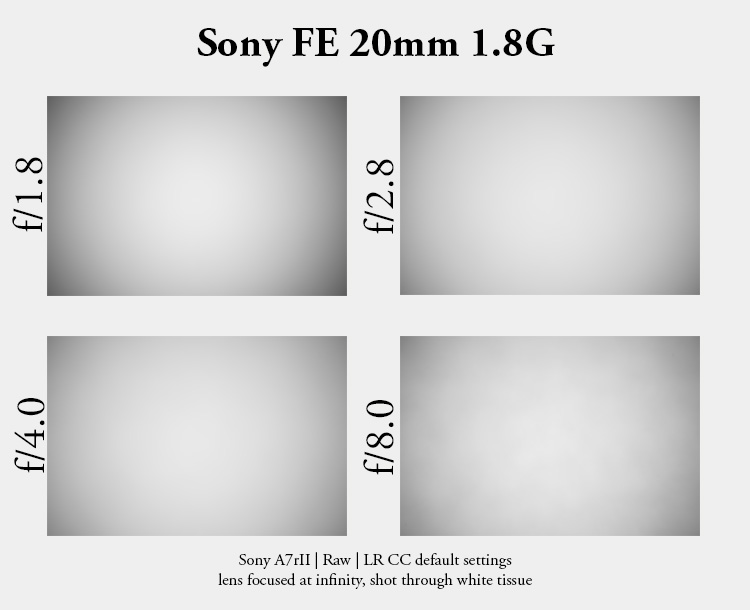
| f/1.8 | 2.9 EV |
| f/2.8-f/16 | 2.2 EV |
These are very interesting vignetting figures, at f/1.8 I measure 2.9 EV corner shading which improves to 2.2 EV at f/2.8 and stopping down further yields no additional benefit. Not only this behaviour but also these values are similar (meaning slightly worse within the margin of error) to those of the Samyang FE 24mm 1.8 AF as well as the Sony FE 24mm 1.4 GM and are generally in line for what is to be expected from a fast yet compact wide angle lens.
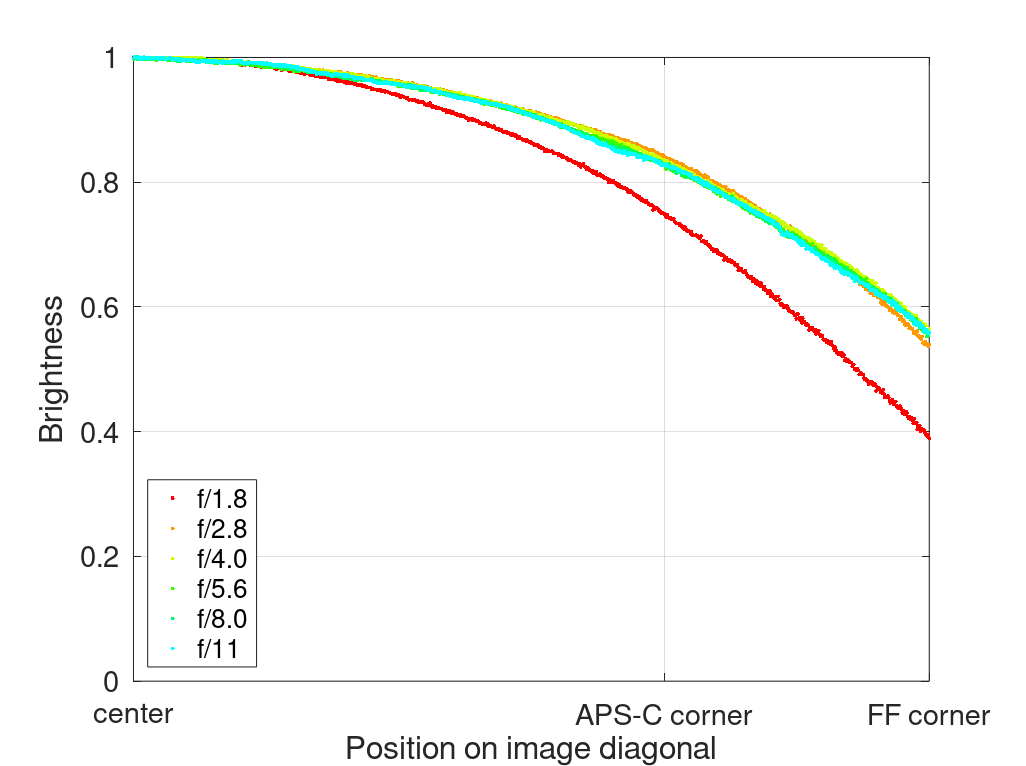
It is recommended to have a look at this article first to get an idea how this brightness graph works.
Sharpness
infinity (42mp Sony A7rII)
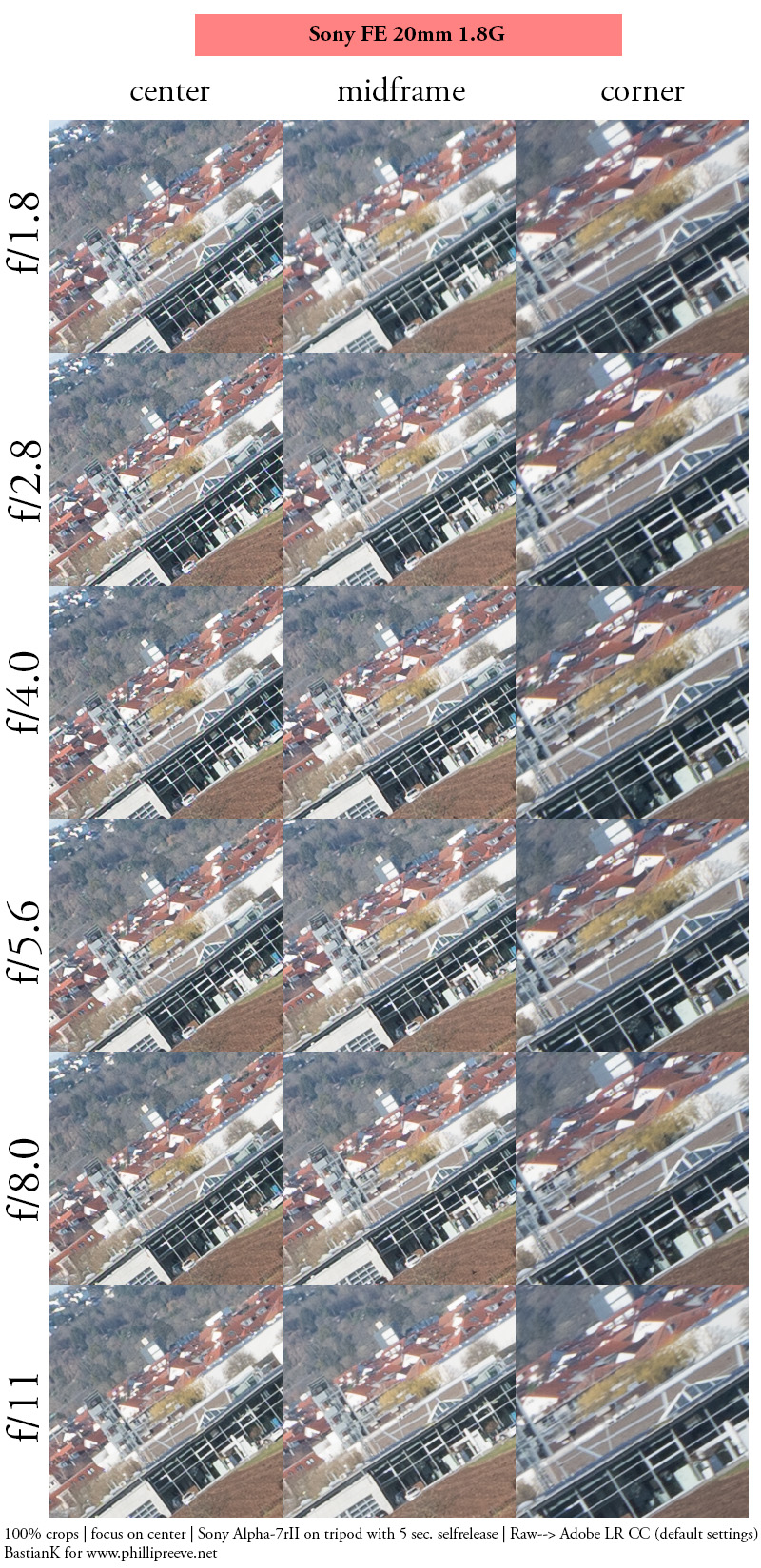
The contrast is very high across the whole frame from f/1.8, but when it comes to resolution already the midframe area benefits from stopping down a bit. The midframe starts to look good at f/2.8 and very good from f/4.0. The corners look best from f/5.6.
This is not to say the corners look bad at wider apertures, actually they look pretty good, I am not even sure you would notice the differences between midframe and corners on a 24mp camera.
The Zeiss Loxia 21mm 2.8 is as good at shared apertures, maybe the corners of the Zeiss look even a bit better at f/2.8 to f/4.0, but the differences caused by sample variation can be higher than actual differences in the lens’ design here.
The Sony FE 24mm 1.4 GM might perform a bit better in the midframe at f/2.8, but also here the differences are generally negligible.
The Samyang FE 24mm 1.8 AF shows slightly lower resolution in the center, but the differences in the midframe and corners are hardly worth talking about.
If the message wasn’t clear: all these lenses easily offer high enough sharpness. This is not what your decision between these lenses should be based on.
close 0.19 m, 1:3.8 (42mp Sony A7rII)
100% crops from center, A7rII
A maximum magnification of ~1:4 is really nice for a fast 20mm lens (also better than the ~1:6 of the Sony FE 24mm 1.4 GM) and the performance at f/1.8 is also noticeably better than what I experienced with the Samyang FE 24mm 1.8 AF.
Flare resistance
No matter whether with or without the lens hood I found the performance to be surprisingly good in this category.
There is a small red ghost that can appear and will turn into a rainbow/crescent artefact depending on the position of the strong light source in the frame, but this is about the worst that can happen and with slight reframing it was often possible to get rid of this completely.
It takes very extreme scenarios like these to actually create some artefacts but the contrast stays on a surprisingly high level:
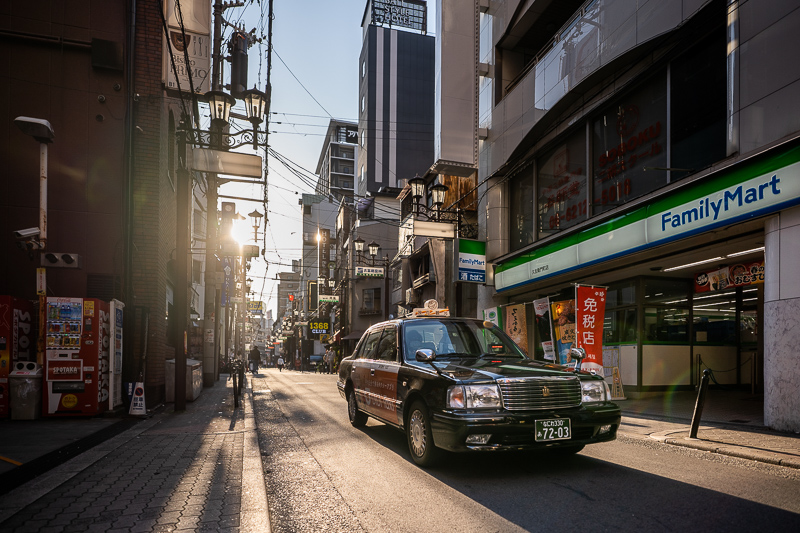
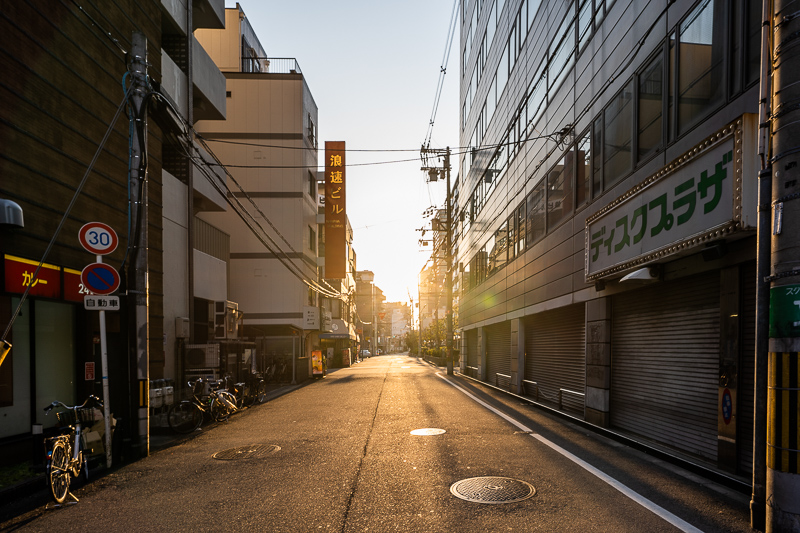
Coma
One of the main applications of a lens with these parameters is landscape astrophotography and here good coma correction is of notable importance. At the maximum aperture of f/1.8 some coma is visible in the corners and this will also be visible with bright stars close to the corner. Stopping down to f/2.5 to f/2.8 is sufficient to get rid of this.
The performance here is actually slightly worse than that of the Samyang FE 24mm 1.8 AF I reviewed.
100% crops from extreme corner, Sony A7rII, focus on center
The lens can certainly come in very handy to take pictures during the blue hour – or in other dimly lit areas – without a tripod and I found the coma correction to be perfectly sufficient for this:
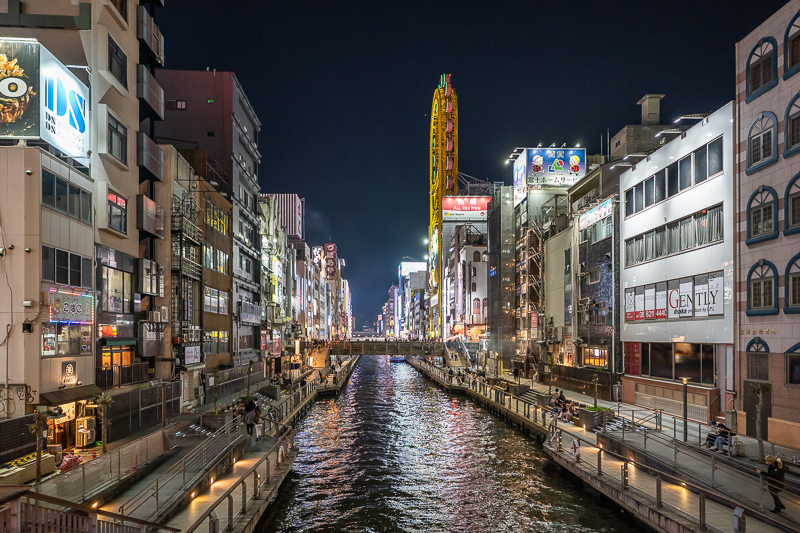
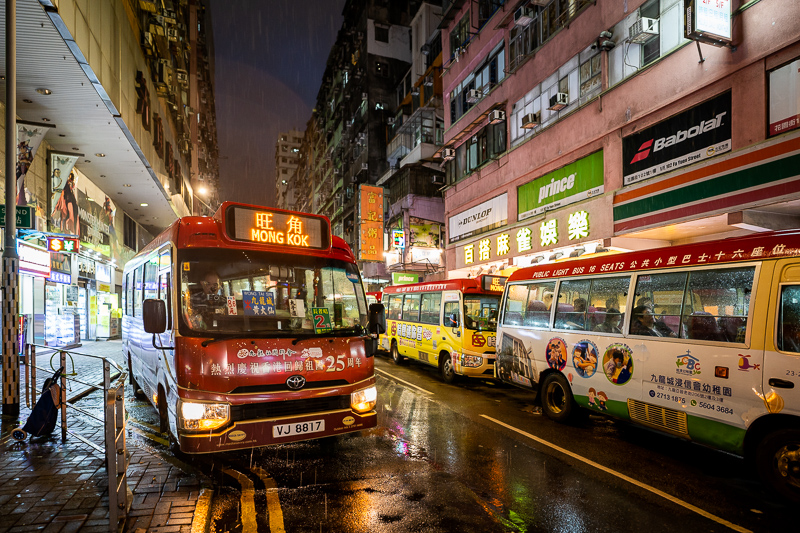
Distortion
The Sony FE 20mm 1.8G shows wavy pincushion distortion, luckily the lens has an embedded profile for Jpeg shooters and there is also a correction profile for Lightroom/CameraRAW available that is doing a good job.
Bokeh
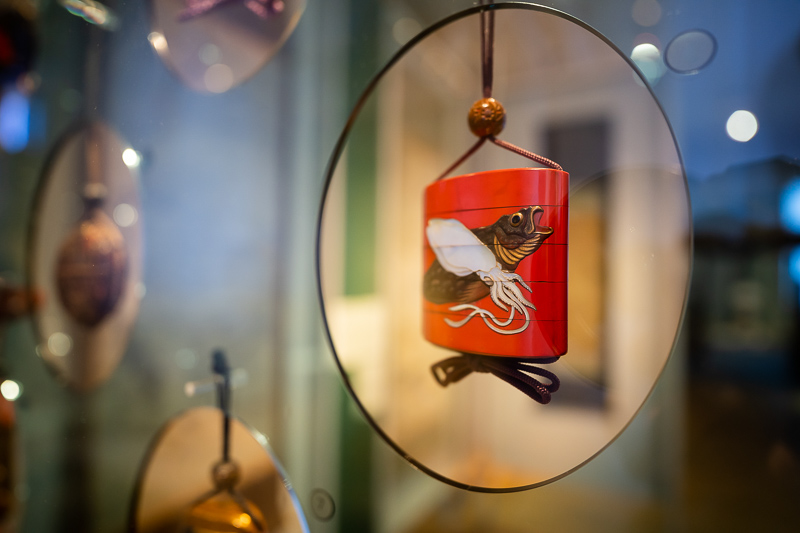
When it comes to bokeh fast 20mm lenses are not as spectacular in the field as they sound on paper. It is possible to create very shallow depth of field, but only at close focus distances when you are very close to your subject – not ideal for portraiture.
Already at mid focus distances (0.7 to 1.0 m) not much bokeh is left actually.
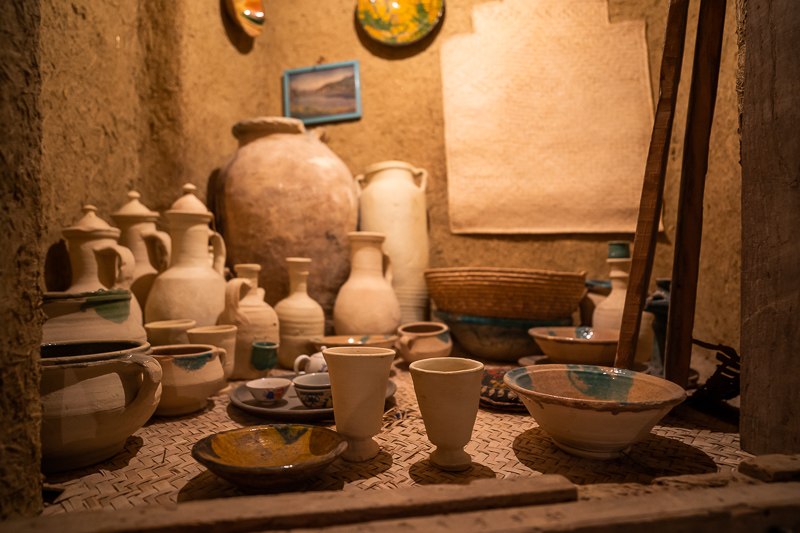
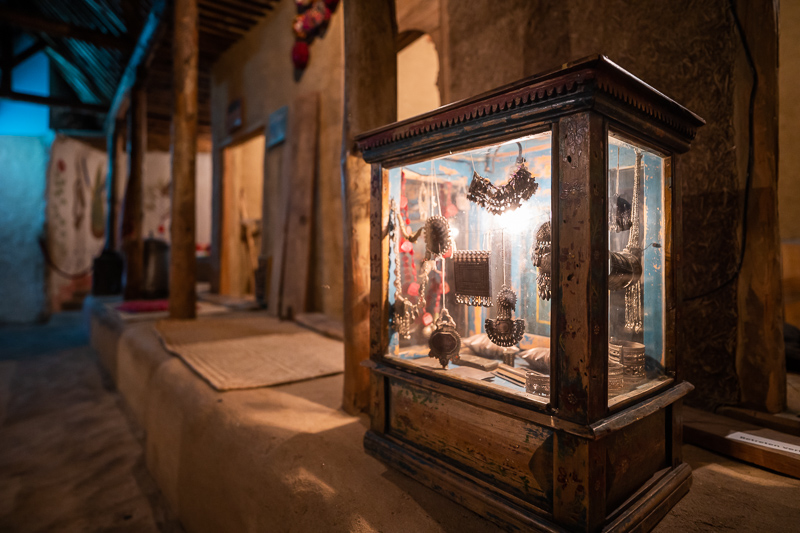
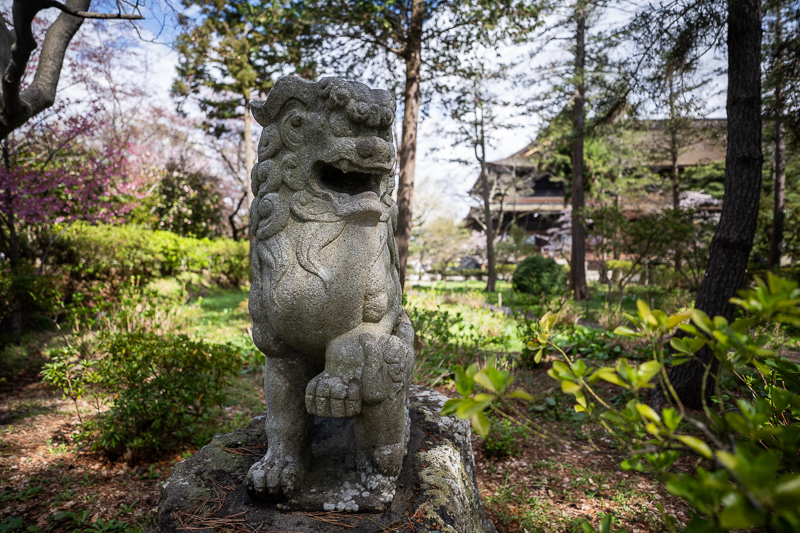
And for full body portraits – or even bigger objects like cars – at longer distances you will barely notice that the background is out of focus at normal viewing distances at all:
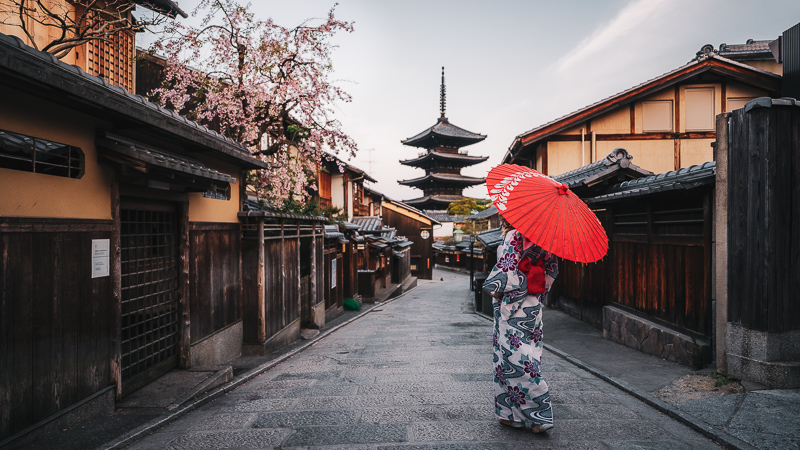
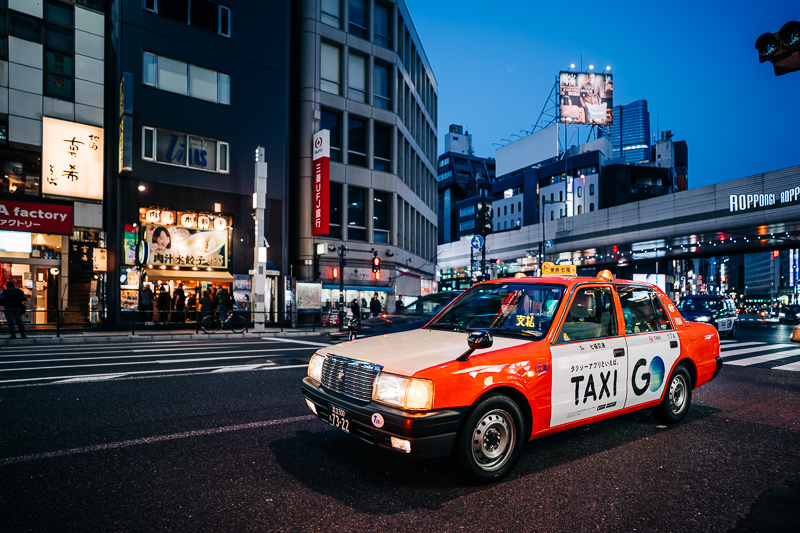
Sunstars
Regular readers already know that an even number of aperture blades leads to distinct sunstars whereas this Sony FE 20mm 1.8G is using 9 rounded aperture blades.
Still, Sony is using some of the best made aperture diaphragms these days so despite 9 rounded aperture blades this lens produces pleasing to look at sunstars with an even length of equidistantly spaced rays. Just have a look at the Samyang 24mm 1.8 AF for comparison that also uses 9 aperture blades but looks way worse.
If you want to know more about sunstars have a look at this article.
Chromatic aberration
lateral
The lens contains a correction profile for lateral CA which is automatically applied even to Raw files in Lightroom/CameraRAW, so you will not be spotting any.
I was still curious what the situation looks like without this correction profile applied, so I took a picture with the lens slightly detached from the camera, as you can see in that case the lateral CA are visible but on a low level.
longitudinal
The Sony FE 20mm 1.8 G is almost completely free of longitudinal CA, many manufacturers would probably put an Apo tag on this lens and rightly so. The Sony FE 20mm 1.8 G also performs better than the Samyang FE 24mm 1.8 AF here.
Conclusion
good
|
average
|
not good
|
The Sony FE 20mm 1.8G is a lens that you will hardly read anything negative about and there are good reasons for that: sharpness is more than good enough, flare resistance is very good, coma correction is good (I am not aware of any 20mm f/1.8 lens that is doing better), in terms of handling it is as good as the GM lenses and it isn’t even priced too high.
If I was to look for negative aspects I would have to mention the strong vignetting, especially at f/1.8, and the wavy pincushion distortion. The vignetting figures are not higher than those of the competition and the distortion can be easily corrected, so these are only minor flaws.
If I was in the market for a fast 20mm lens now this Sony FE 20mm 1.8G would be very high on my list of potential candidates. I don’t see any of the competitors being better and I would be hard pressed to pay the premium for a Zeiss Loxia 21mm 2.8 in 2023 and counting.
buy from amazon.com | amazon.de | B&H | ebay.com (affiliate links) for $898
Alternatives
All the alternatives are covered in our Guide to 20-28mm wide angle lenses for E-mount, so I will only talk about the most obvious ones in detail here.
AF
Sigma C 20mm 2.0 DG DN:
At the end of the day the only reason to choose this Sigma over the Sony FE 20mm 1.8G being reviewed here is its lower price. So if the massive 4.3 EV vignetting don’t bother you this Sigma can be an interesting alternative that saves a noticeable amount of money.
buy from amazon.com | amazon.de | B&H | ebay.com | ebay.de (affiliate links) for $549
Tokina Firin 20mm 2.0 AF:
A sharp lens and a very good choice for astrophotography but for landscape photography the weak flare resistance can be a serious issue. When it was first released there was little competition, but now with the Sigma 20mm 2.0 C DG DN and this Sony FE 20mm 1.8G it became even harder to recommend than it already was.
buy from amazon.com | amazon.de | B&H (affiliate links) for $699
Sigma Art 20mm 1.4 DG DN:
At first sight this does sound like a very good lens, but it shares a significant issue with the Voigtländer 21mm 1.4 E: the vignetting figures are simply too high.
Going by the specifications the main application of a lens like this is astrophotography and for that reason alone you may want to choose it over this “slower” Sony FE 20mm 1.8G, but comparing the actual vignetting figures lenstip derived (which in the past were very similar to mine) you will find out those of this Sigma lens at f/1.4 are 2/3 of a stop higher in the corners than those of the Sony lens at f/1.8, meaning there is hardly any benefit of using the arguably “faster” f/1.4 lens here. If this is really the case I fail to see the point of this lens.
buy from amazon.com | amazon.de | B&H | ebay.com (affiliate links) for $899
MF
Voigtländer 21mm 1.4 Nokton E:
Thanks to the record breaking high vignetting figures what I have written about the Sigma 20mm 1.4 Art DG DN applies here as well. This Voigtländer lens is the best at combining nice distinct sunstars with an f/1.4 maximum aperture though.
Since release this came down a lot in price and I think there is a reason for that.
buy from Amazon.com | Amazon.de | B&H | ebay.com (affiliate links) for $899
Zeiss Loxia 21mm 2.8:
This was one of the first E-mount lenses I bought and it is still in use, but fact is there are now only three possible reasons to choose this over the much cheaper Sony FE 20mm 1.8G being reviewed here: you love manual focus lenses, you love its sunstars or you love Zeiss.
buy from Amazon.com | Amazon.de | B&H | ebay.com | ebay.de (affiliate links) for $1549
Sample Images
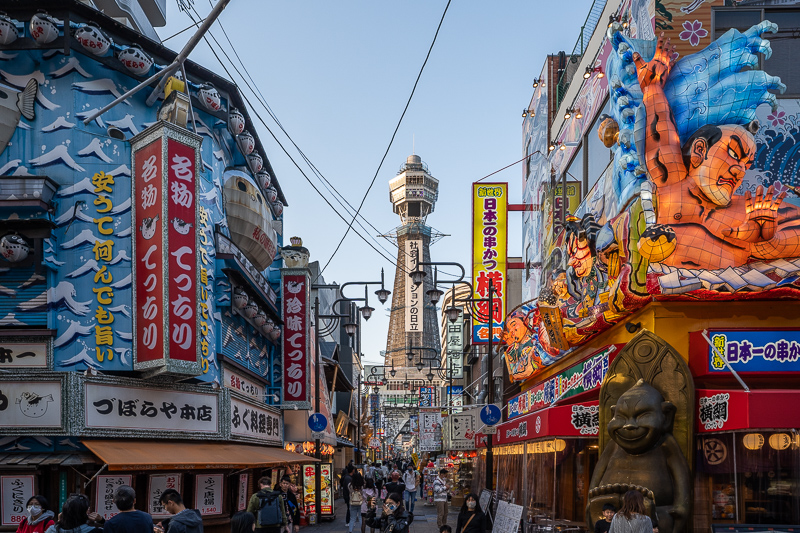
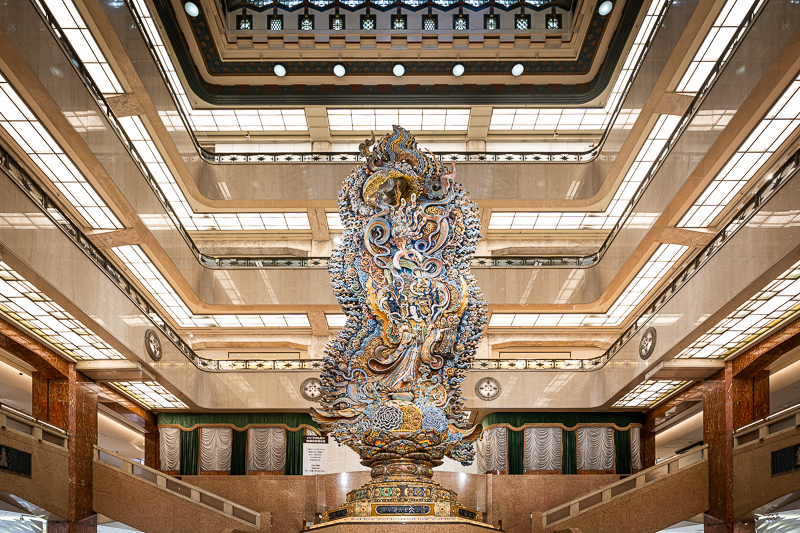
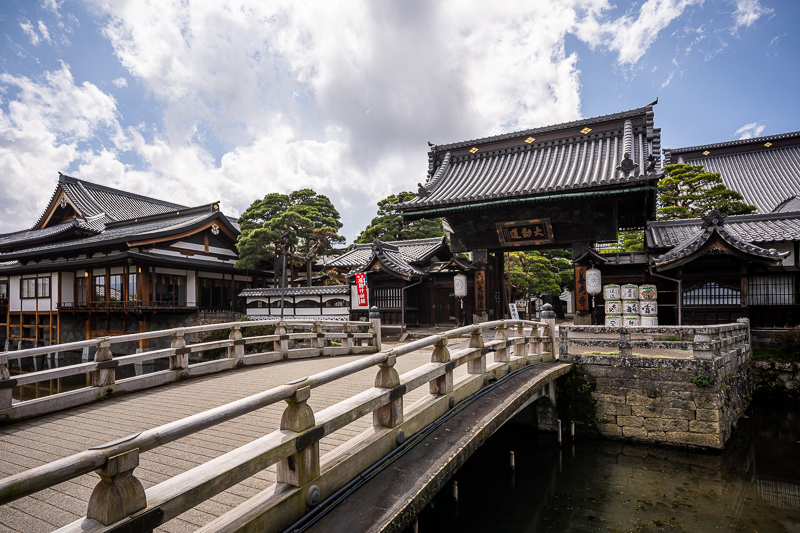
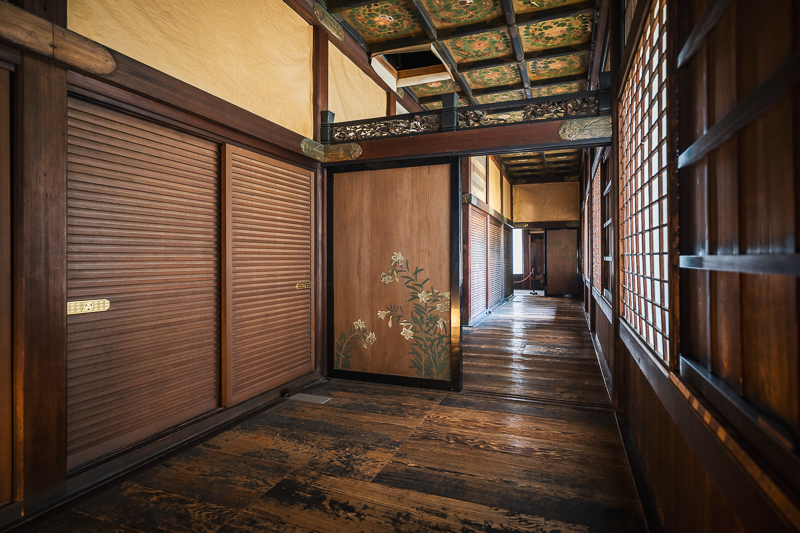
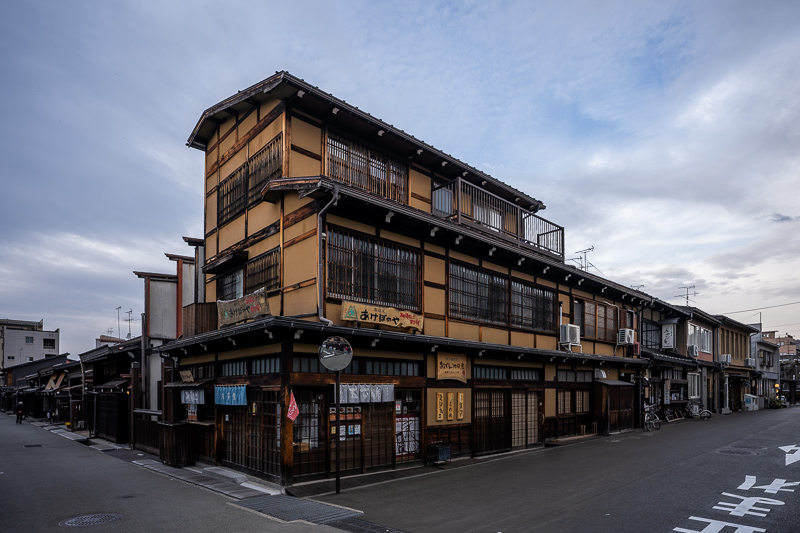
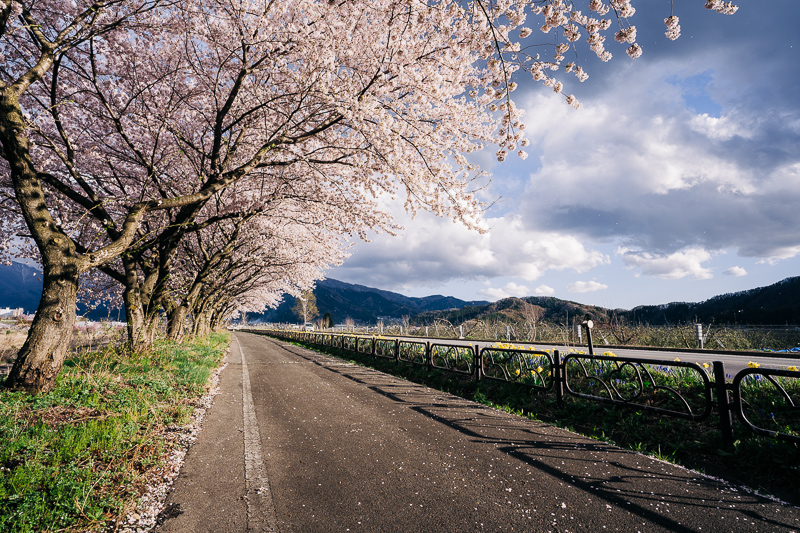
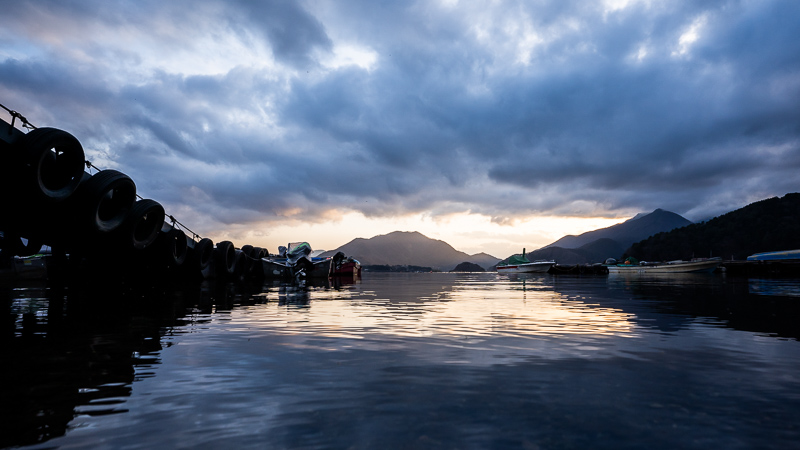
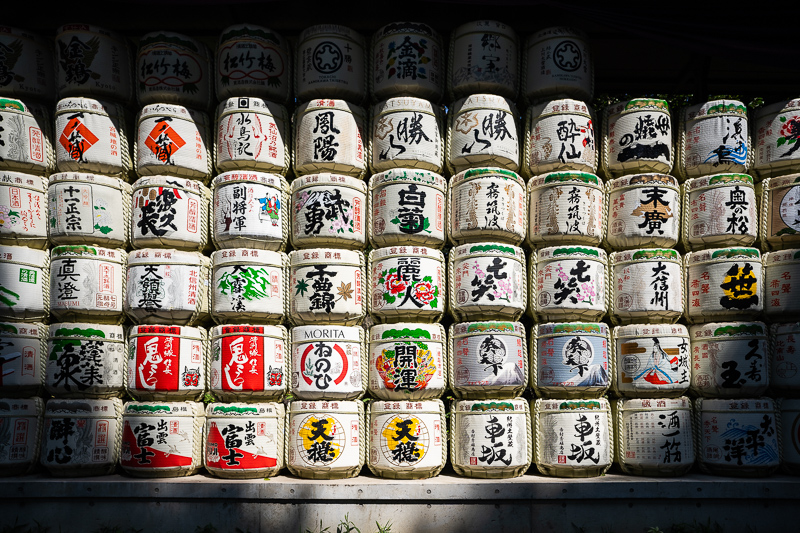
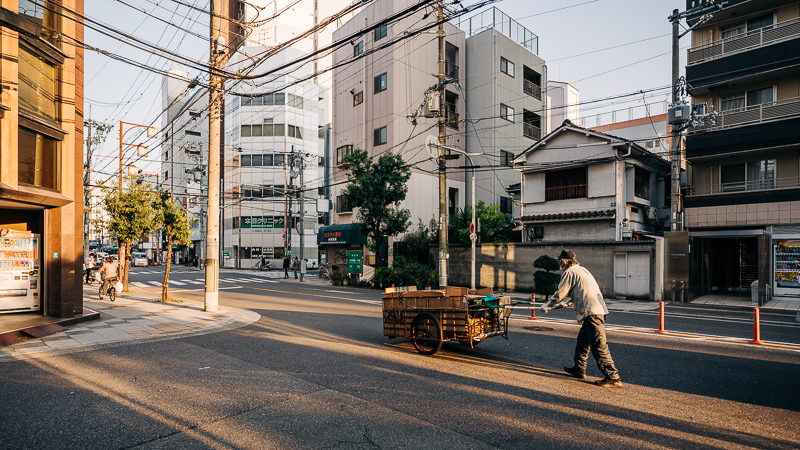
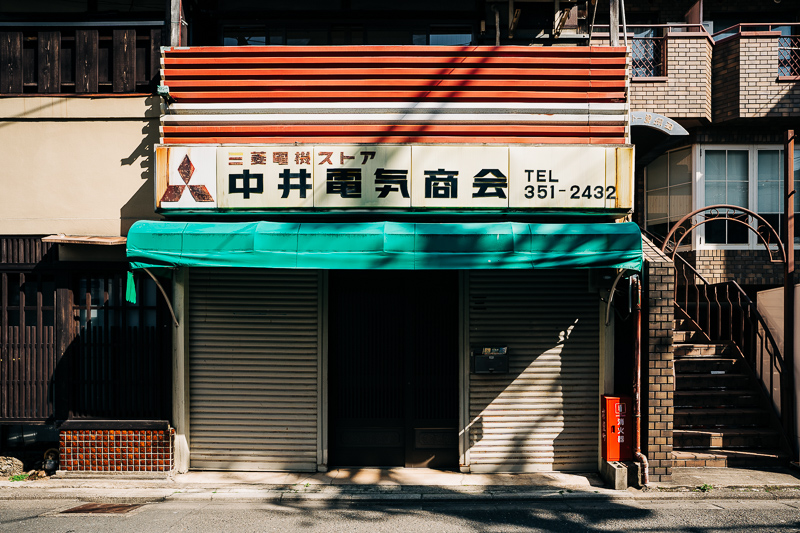
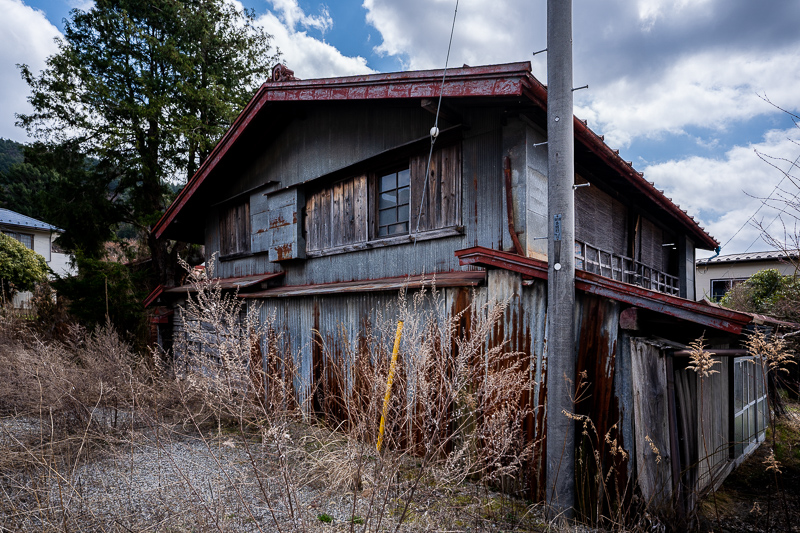
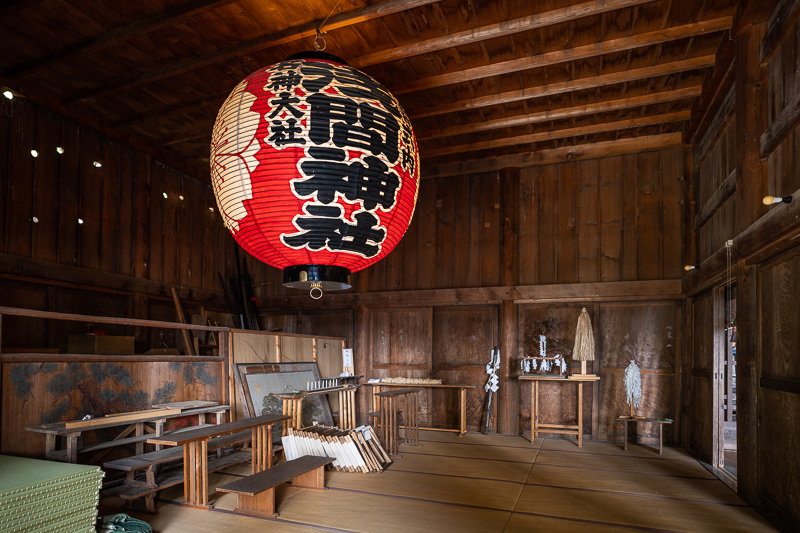
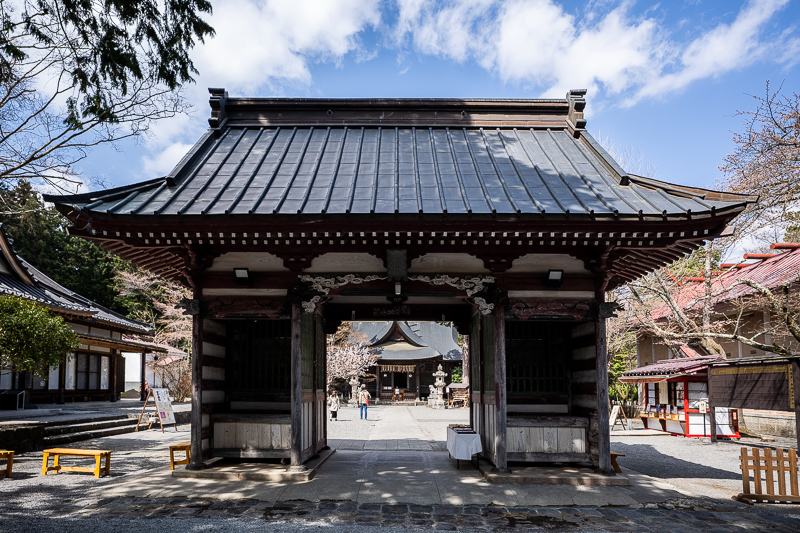
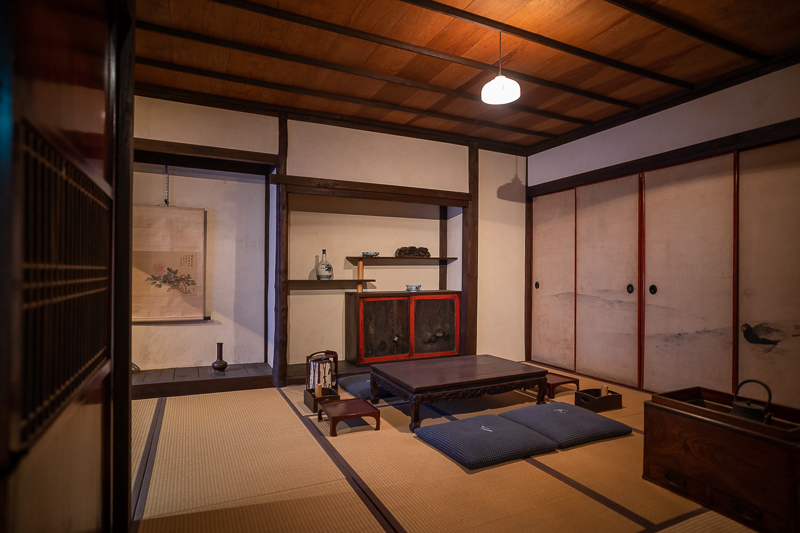
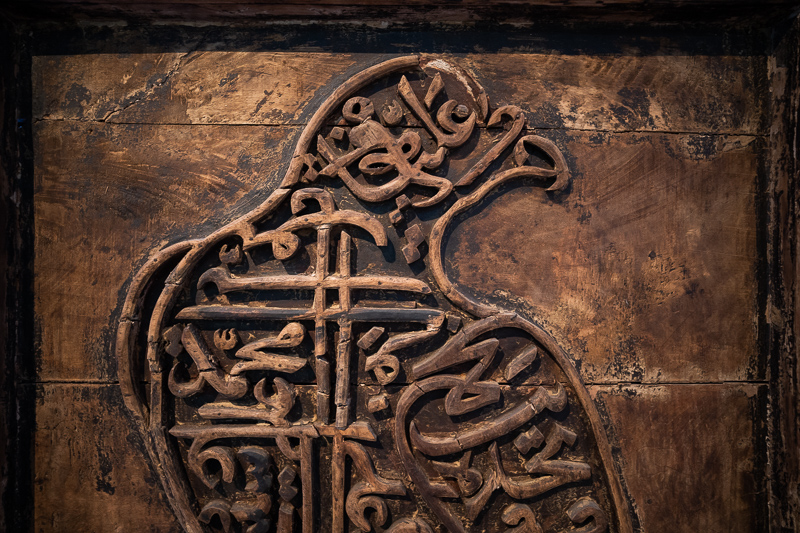
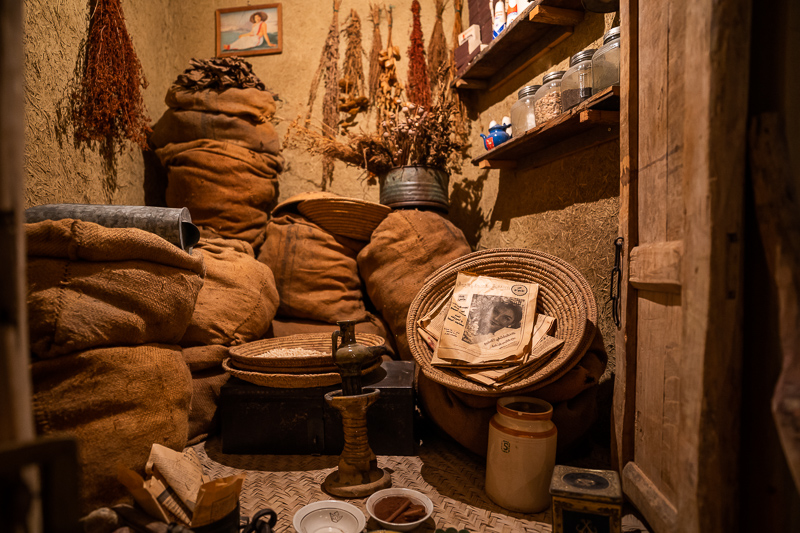
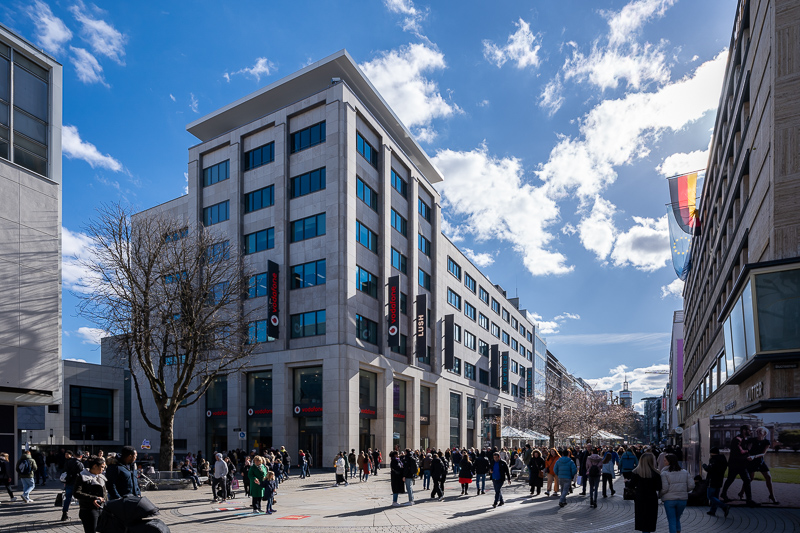
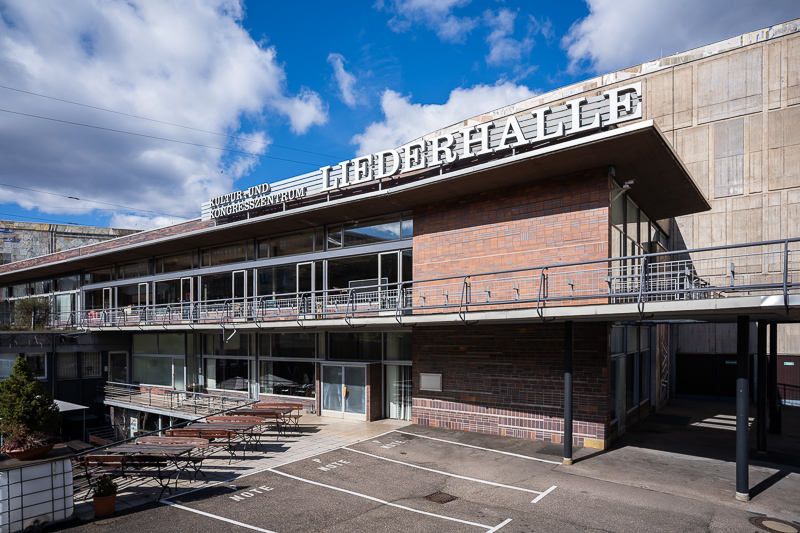
Most of the sample images in this review can be found in full resolution here.
Further Reading
Support Us
Did you find this article useful or just liked reading it? Treat us to a coffee!
![]()
![]()
![]() via Paypal
via Paypal
This site contains affiliate links. If you make a purchase using any of the links marked as affiliate links, I may receive a small commission at no additional cost to you. This helps support the creation of future content.
Latest posts by BastianK (see all)
- Comparison: Super Fast 35mm f/0.95 | f/1.2 Fullframe Lenses - April 20, 2025
- Review: Viltrox AF 35mm 1.2 FE LAB - April 16, 2025
- Review: Artizlab 35mm 1.4 Classic - April 12, 2025
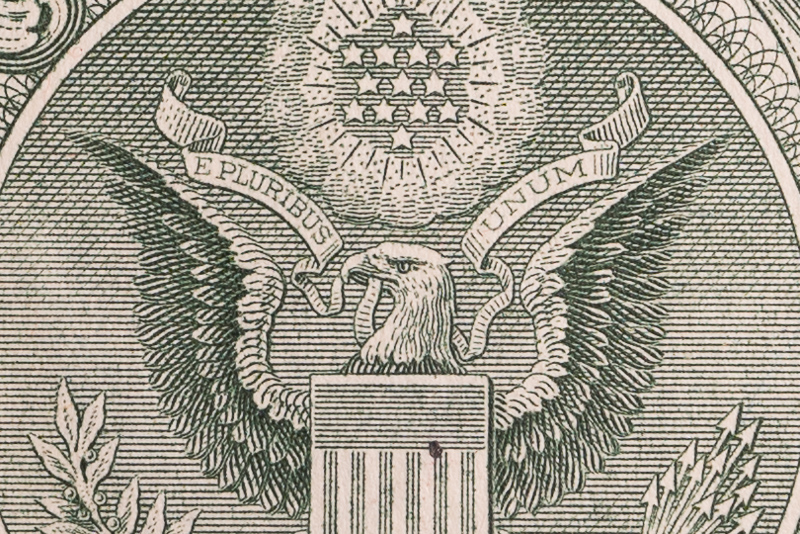
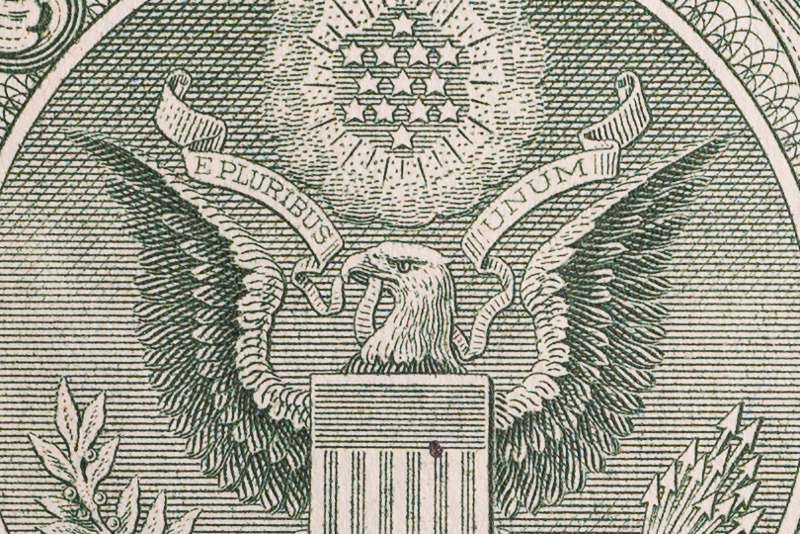
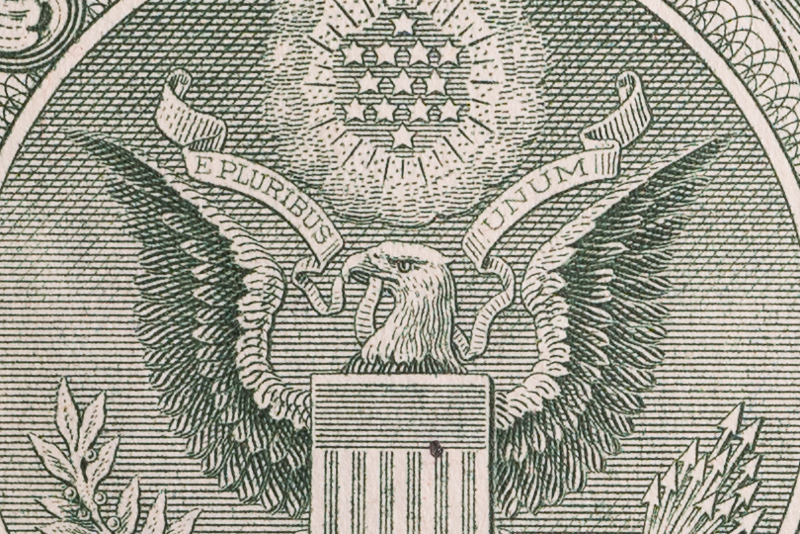
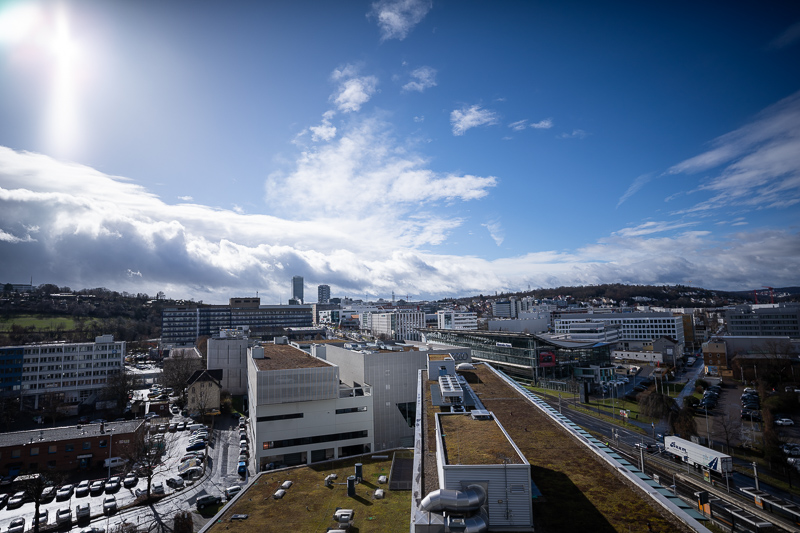
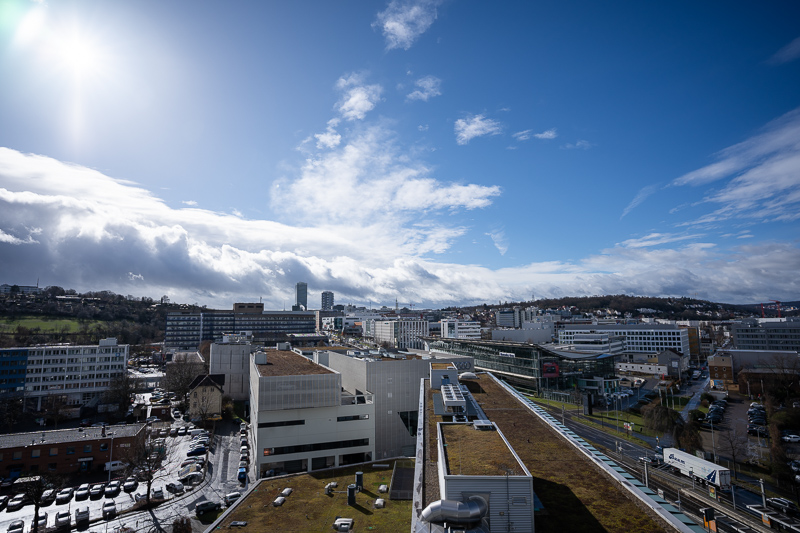
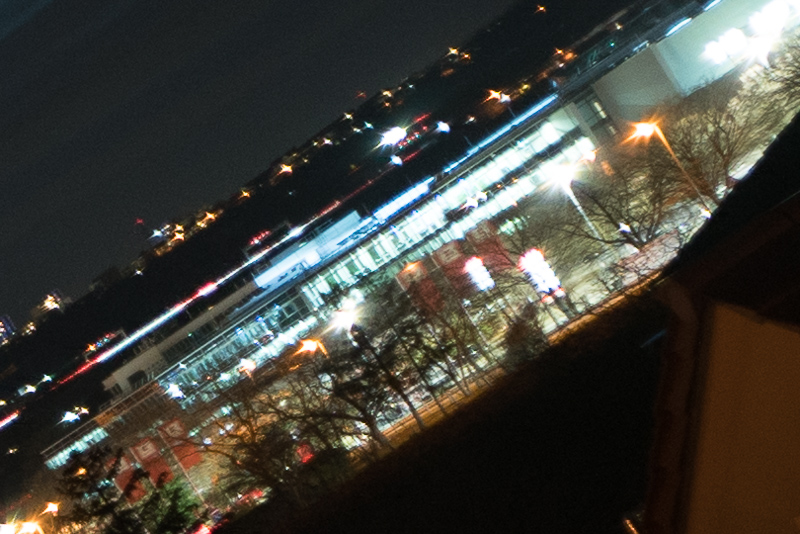
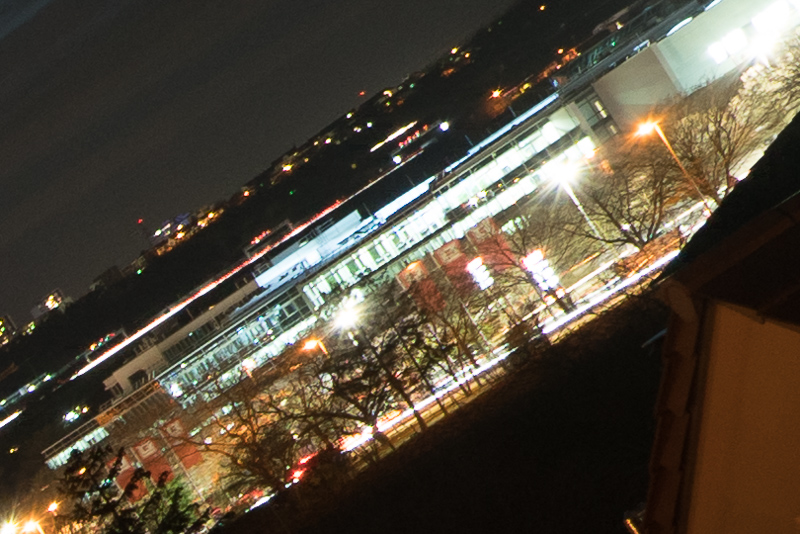
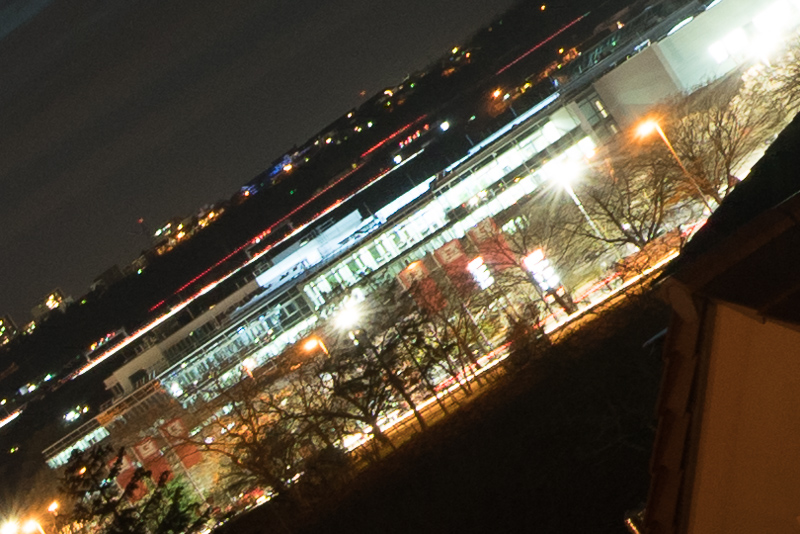
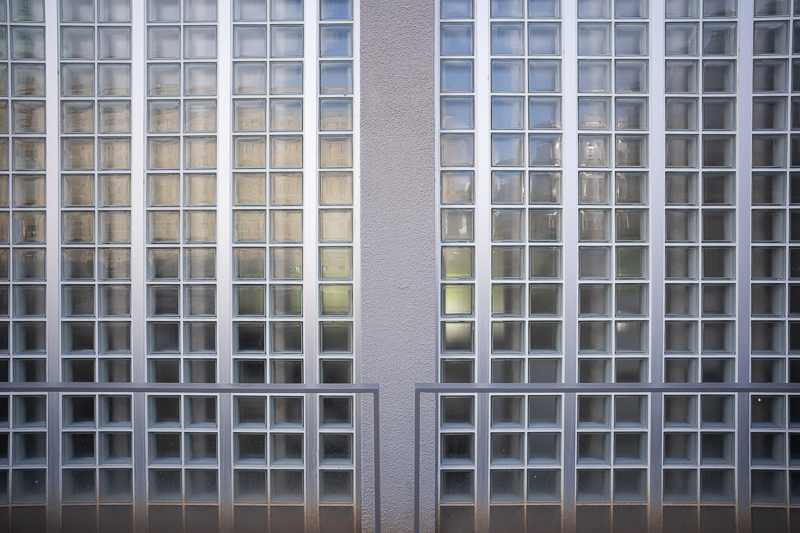


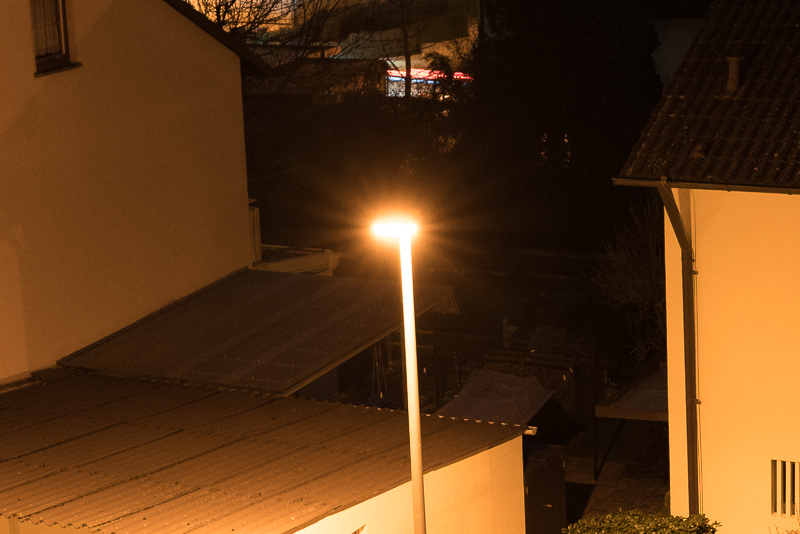
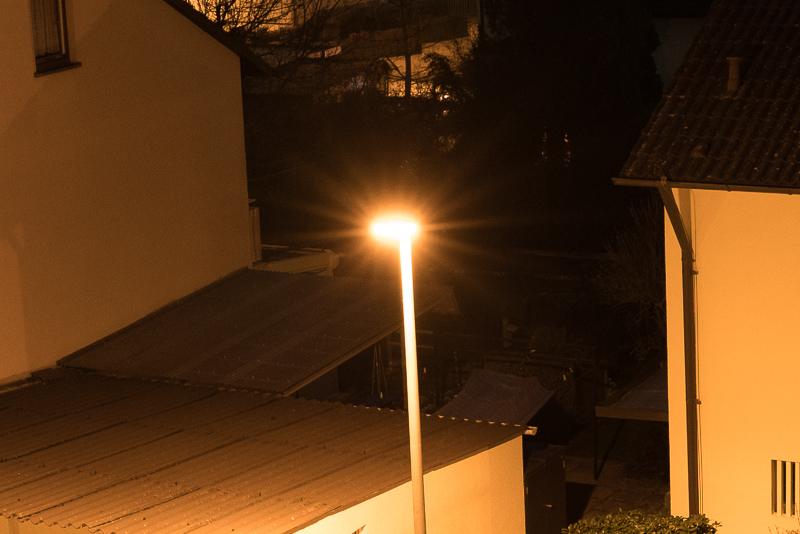
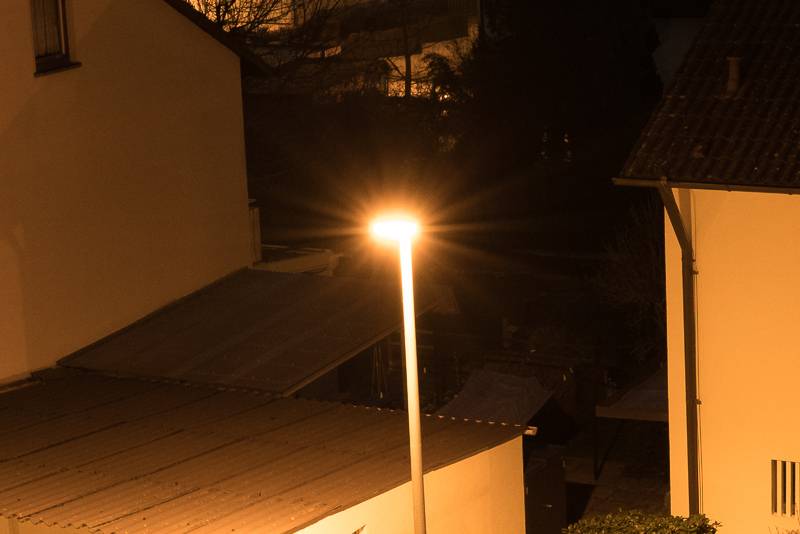
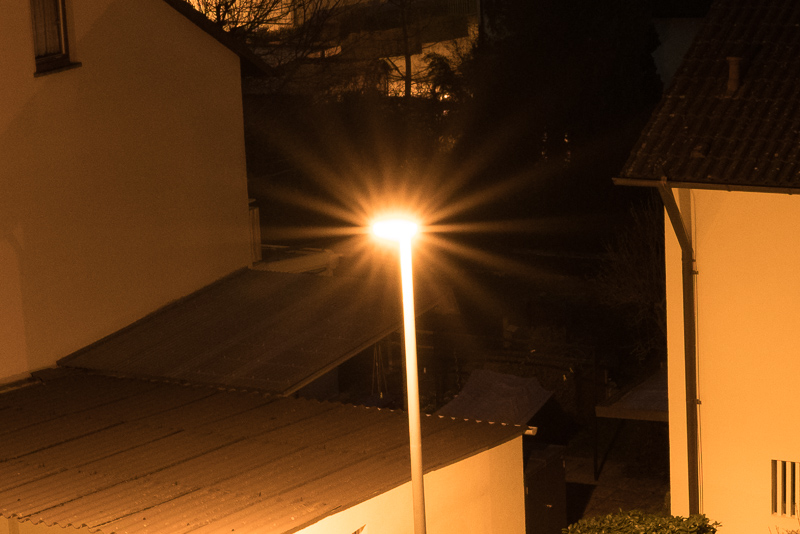
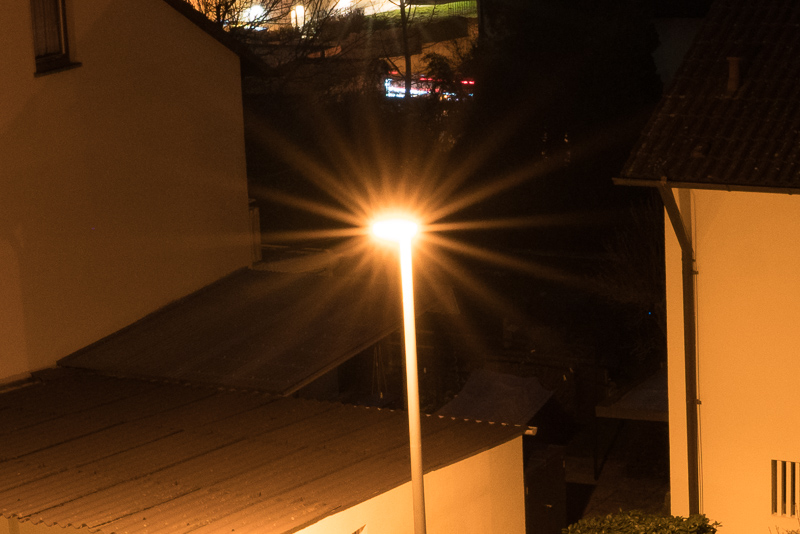
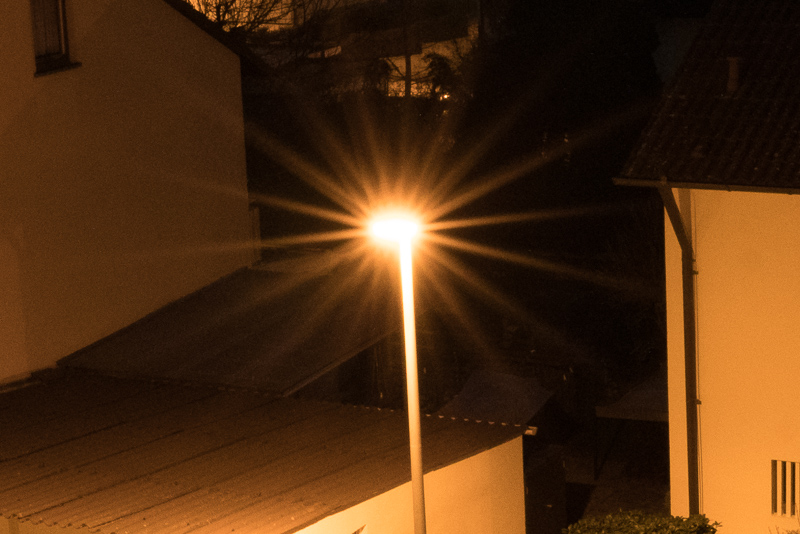



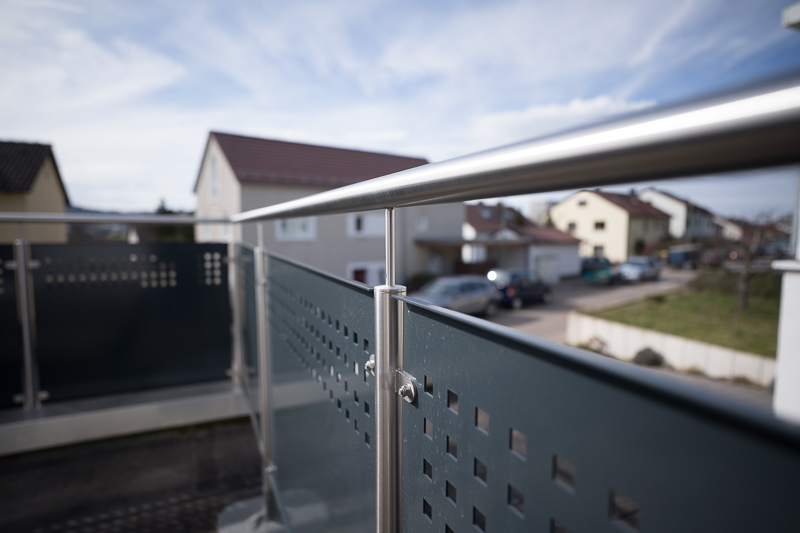
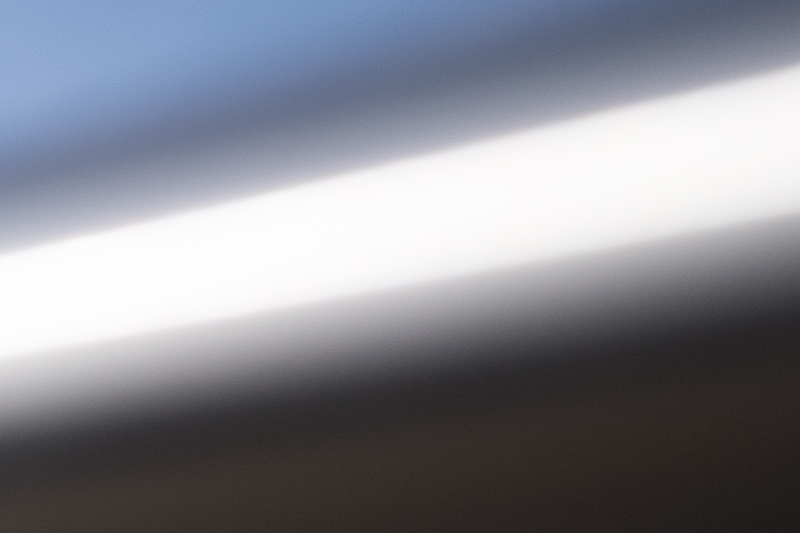
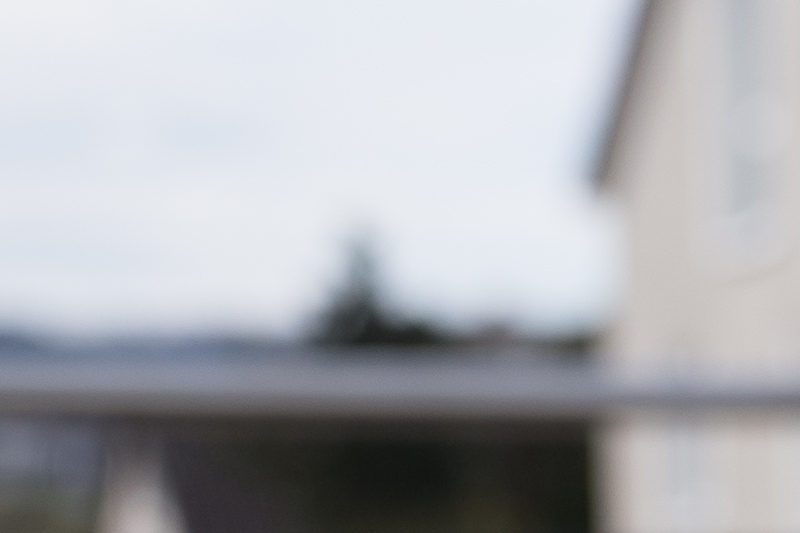
Fun review to read and some amazing photos from Japan! looks like you guys had a great trip.
Will you keep the lens for personal use despite the mediocre sunstar performance?
It was a loaner from a reader who I am sure wouldn’t be happy if I had kept it.
I don’t need f/1.8 to f/2.5 at 20mm enough to warrant selling my beat up Loxia 21mm and buying a Sony 20mm 1.8G.
If I was buying from scratch the situation would be different though.
buying from new I don’t think it makes any sense to get the Zeiss unless you have to have those sunstars, but at least stateside the Zeiss is a good bit cheaper used. but new vs new, absolutely the Sony. did you get any family mart fried chicken while you were in Japan?
I think we actually did once…
I’d call this my first “grown up” lens after upgrading from NEX-7 (ha!) to A7C last fall. I bought the 35mm ZA F2.8 and the 55mm F1.8 with the camera, and then took a wild shot at this 20mm. (My priorities are around size and compactness for travel.) I love it more than any other lens, so far. For hiking, travel, etc., it just produces incredible images. It’s on the bigger side, relatively, which is too bad, but it always makes it into the bag. I think this lens is right at the sweet spot for size vs. quality tradeoffs.
This is a great lens for capturing a subject at one meter distances while still capturing huge amounts of background, like at a table. It provides really great subject/background isolation. I think I may also be quite fond of it because I have just a tiny bit of history in photojournalism, and this lens just seems perfect for that application.
Another great review Bastian and already one of my favourite lenses this. The pseudo macro ability is particularly useful, the bokeh is really nice in this scenario. I will be visiting Japan later this year, any tips or advice?
Best advice I can give: get familiar with Google translate (or your translation tool of choice) and be prepared to spend a lot of time in queues.
If one wants a 20mm for Sony mirrorless, I think this lens bests the similar focal length competition primes. It’s certainly useful for interiors, or after-dark outdoors. But I think the real competition is not other 20-21mm primes, but rather one of the following:
1) a 24mm prime, which I think is a much more useful focal length, because of its more naturalistic perspective, and which better complements a 35mm wide angle, which, in the absence of a top-quality 28mm in Sony FE-mount, will be a focal length that many photographers will choose to own. (My first choice might be different if the Sony system had a great 28mm, for which this Sony 20mm would be a great complement).
For a 24mm, I think the top candidates would be the Sony FE 24mm f/1.4 (if one needs a very fast aperture), or the Sigma 24mm f/2 DG DN (great performance and more compact size, at a very reasonable price). This could also be augmented with the recent Sigma 17mm f/4, to stradle the 20mm focal length.
2) a wide zoom, such as the Sony PZ 16-35 f/4, or if it materializes (rumored for later this year), a “Mk II” of the Sony FE 16-35 f/2.8. If an f/2.8 is a necessity, but one is budget limited, perhaps the Sigma 16-28 or Tamron 17-28.
I actually quite like pairing my 35GM with the 20G, I’ve shot 24+40 & 24+35 equivalents in the past and 20+35 wasn’t much of an adjustment tbh… That being said, when I travel I do tend to grab my 17-28 over the 20G just because it’s more useful versatile overall regardless of what I pair it with, but I like owning both and there’s various things the zoom can’t do and/or can’t do as well. I just enjoy shooting with the 20G more.
I really love the rendering of this lens more than I thought I would. It’s not “sanitized” of color and tonality like some of the “ultra-sharp” lenses. The contrast has much more punchiness than the sigma 20/1.4. Though, I won’t be giving up my Nikon 20mm f1.8 for this lens because it’s slightly sharper, has better sunstars, and less has coma.
Though, the Nikon 20mm f1.8G has worse vignetting. I’m curious, Bastian if you had to choose between the current lens or the Nikon with an AF adapter, which lens would you choose (irrespective of price).
On a Sony camera definitely the Sony lens, for the better build quality and controls alone.
The Commlite AF Adapter isn’t great, the new Monster adapter may be better but it is so expensive, hardly appealing.
On a Nikon camera where I guess everyone has an FTZ-adapter anyway the Nikon 20mm 1.8 might still be a good alternative though.
Wow, what a coincidence! We are visiting in Kyoto now as I write this and we went to that same temple yesterday as well. I see you rented kimonos! I am strongly contemplating the 20mm 1.8 and have been using the 40 2.5G as a small walk around but have been finding some situations a bit too tight. It’s fun to find so many recent and recognizable sites shot in a focal length I’ve been curious about. Im comparing this to a 24mm focal length. Thanks for sharing and you may have swayed my decision.
Enjoy your stay!
Yeah that’s fair. The Nikon was horrible to use as a MF lens so rather than selling it and getting something else I asked for a monster adapter for Xmas and it works very nice with it as well as other nikon lenses.
The lens has a much closer minimum focussing distance when used manually. Much closer than listed in the specs.
This makes it very good for photographing flowers amongst other things
Hi, I have a question not related to this lens, but it is related to the wide-angle lens Are you ever planning to do a test of the Leica Q2. I would be very interested in a comparison with other Sony lenses. Thanks for the reply and the great and inspiring website.
If someone is willing to send me one I would do. It is rather unlikely I buy one only to write a review though 😅
Thank you for this review – solid, detailed and sensible as all of your reviews!
I still have and use the Loxia 21mm. Like you I bought it because it was the first really convincing wide-angle lens for E-mount. The Loxia has accompanied me from a A7ΙΙ over the A7R II to the A7R IV, from 24 to 61 MP. I still use and love it today. But it is good to know that this much cheaper Sony lens delivers a comparable image quality. The sunstars etc. are better with the Loxia, but on the other hand the ability to use ƒ1.8 instead of ƒ2.8 can be very useful …
Buying a new Loxia 21mm would be odd, given the good alternatives we have, but today one can get good used copies, so for the fans of manual focus, sunstars and perfect build quality the Loxia is still an option. For most users, of course, this Sony prime is a better choice.
The only drawback is wide copy variation with the Sony 20mm 1.8. So far I’ve tried two new ones and both had one or the other side somewhat out of focus. I think Loxia would probably have better quality control.
Thank you, Gernot, for that hint – it’s good to know about the copy variation! It’s a pity but many Sony lenses have wide copy variation. (For example I had to try 3 copies of the FE 90mm F2.8 G Macro lens until I found a fairly good one.)
The Loxia 21 has far from perfect build quality. I’ve had to have mine repaired once as the focus totally locked up and from searching online it’s happened to a few people. Another known issue is the flickering aperture caused by electrical contact issue, again, another problem you find others suffering from. I still use a range of manual lenses from the 70s and 80s that have been perfect, the Zeiss has been a real let down in terms of reliability.
Nice write up and great photos from the trip. I am just curious how early did you guys wake up for the Kyoto portrait? It looks amazing!
In March sunrise was around 5:30 am and on top of that the forecast wasn’t that great,
so I think we got up around 6 am and where there 6:30.
Last time I was there I went a bit earlier, but conditions were also much better:
https://www.flickr.com/photos/bastian_k/49199988557/in/dateposted-ff/
Wonderful images that really show off not what the lens can produce, but rather what a skilled photographer can produce 🙂
I have had occassion to compare it with the sigma 20mm 1.4 dg dn and found that where the Sigma excelled was an incredibly even sharpness wide open, whereas the sony was far more center focused (but clearly superior there) – so when using the lens for environmental portraits with ~2/3 of the body in frame (slightly wider than the typical half body one might do with a 24mm but essentially shot at the same distance) the subject showed excellent contrast when placed closer to, or just outside of, the typical rule of thirds position. The 2/3 stop was not incredibly noticeable in the Bokeh, but the quality, rather than the quantity, of the blur might be the best I’ve seen in a wide angle (though bokeh is of course subjective) – I suspect due to very low astigmatism and maybe a very mild amount of spherical aberration and CA wide open, which made even more complex structures like foliage less distracting. I hope you get to give it a try some day. It’s certainly more attractive on L-mount where there isn’t a great Sony lens like this one to compete with.
Thank you for your in-depth and experiential articles as always. I mainly do astro landscape work and have been shooting Sigma on the L-mount, but I must say I am most impressed by Sony’s ability to pack and optimise so much into small packages now that I’m also investing into their system—the 35 1.4 GM and this 20 1.8 G are absolute gems. While I highly appreciate Sigma’s industrial design with their very consistent visual language, Sony’s more humanistic approach is equally as appealing to me.
That being said Sigma’s faster primes (14 or 20 1.4 DG DN), despite their bulk and stronger vignetting, do have their place for dedicated astrophotography as even if I’m not shooting wide open, the ability to stop down just a little will be inherently better than a lens with a smaller aperture to begin with. Their MF lock switch is a great feature, and they are very well corrected for infinity focus and coma performance.